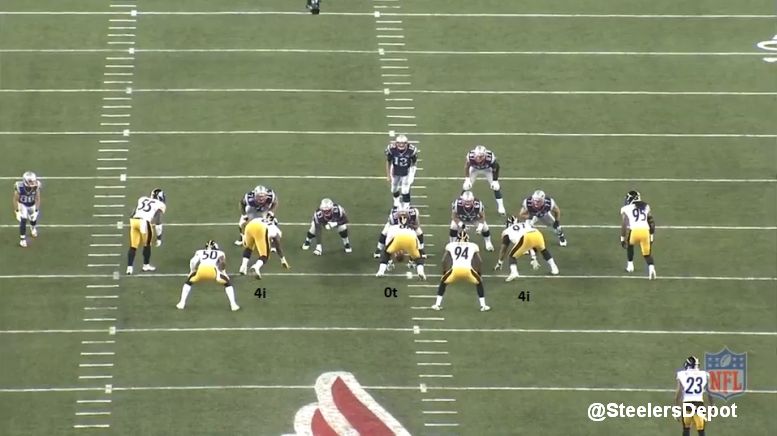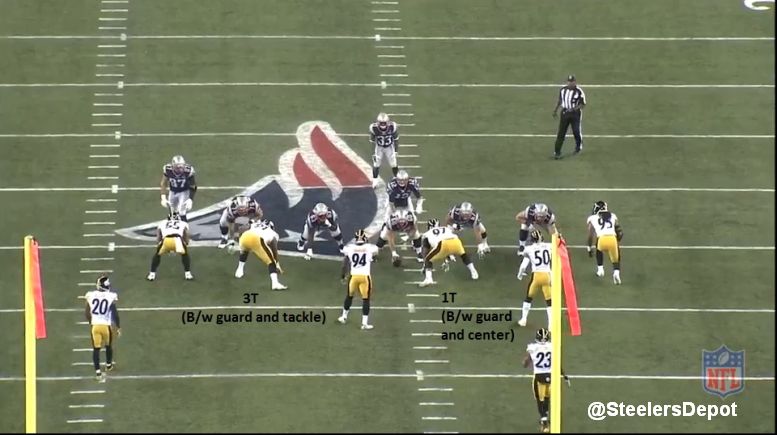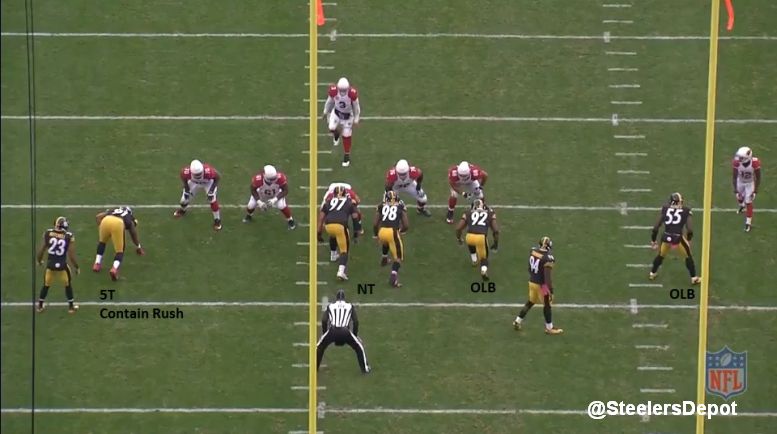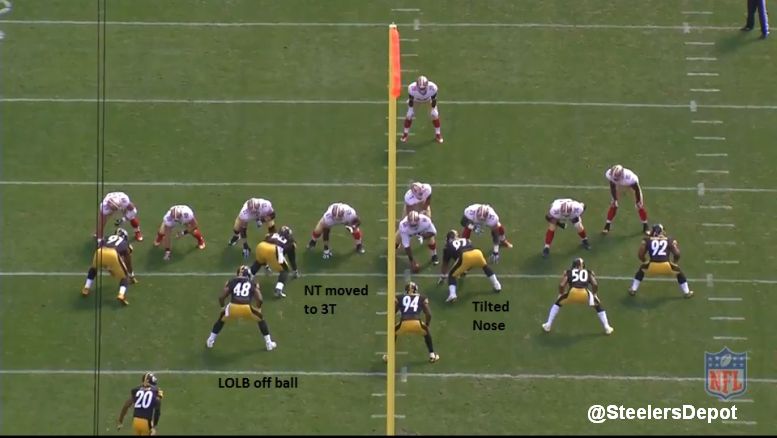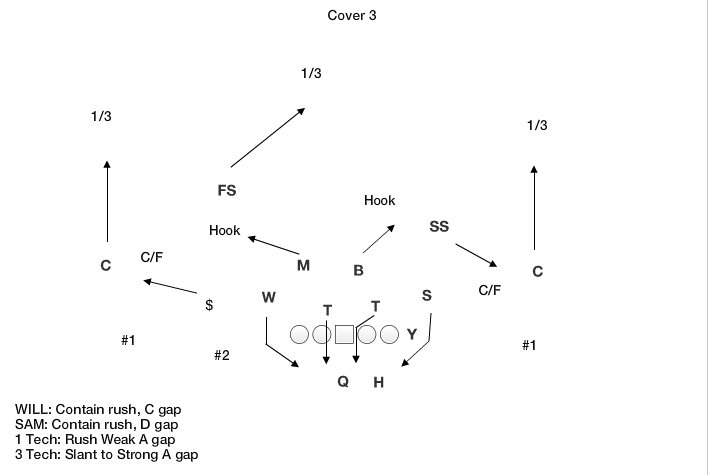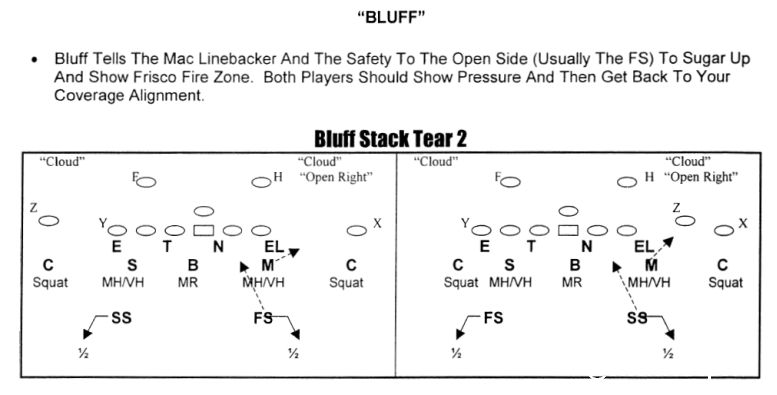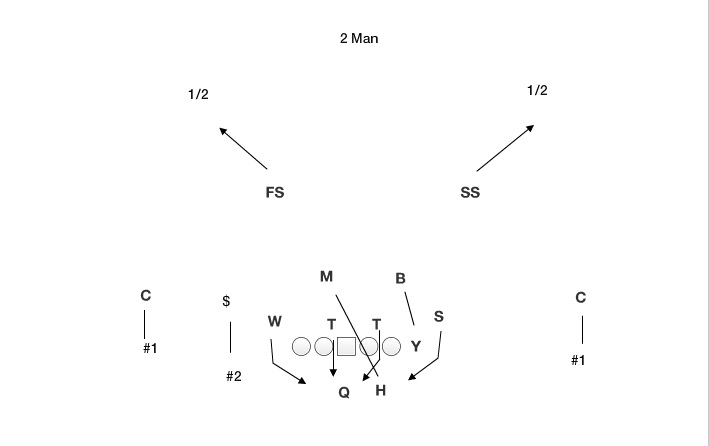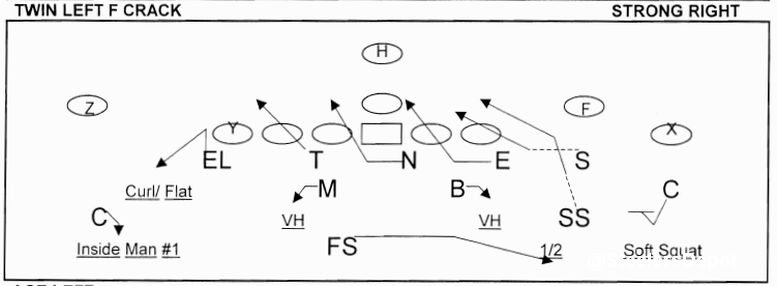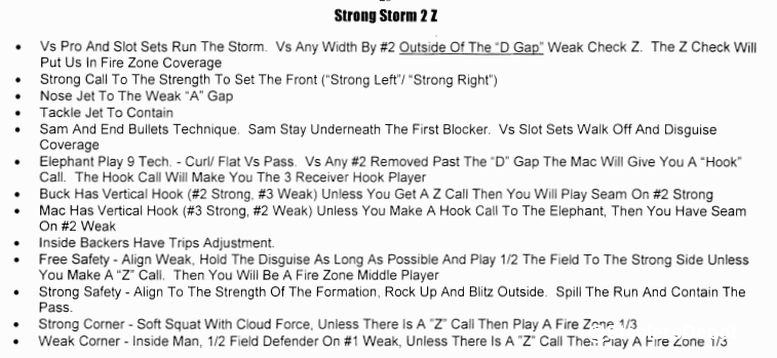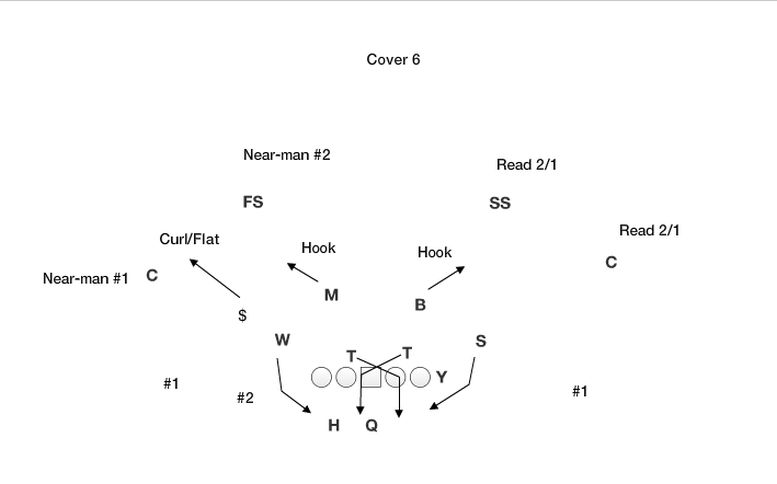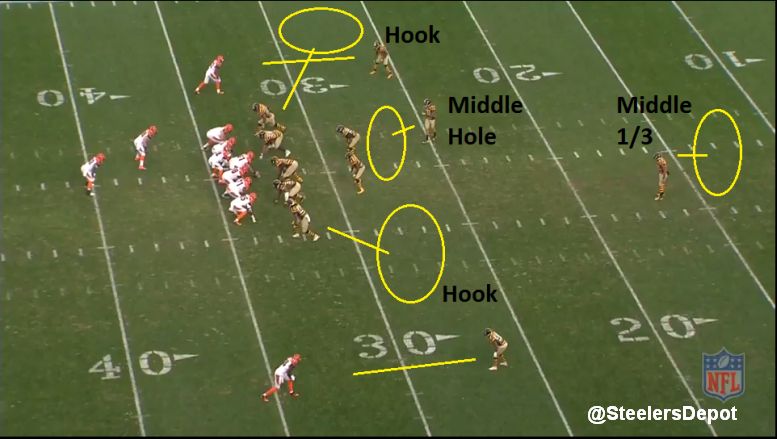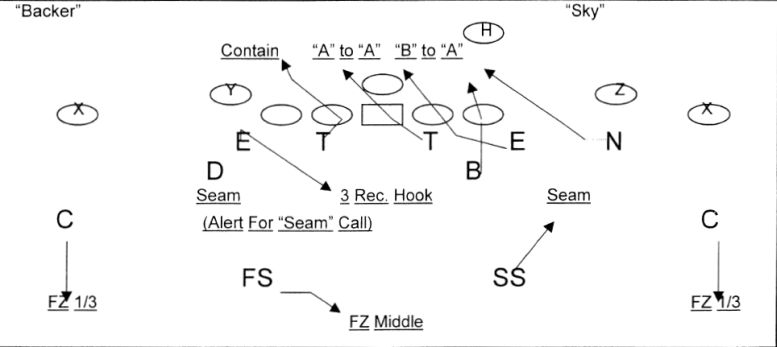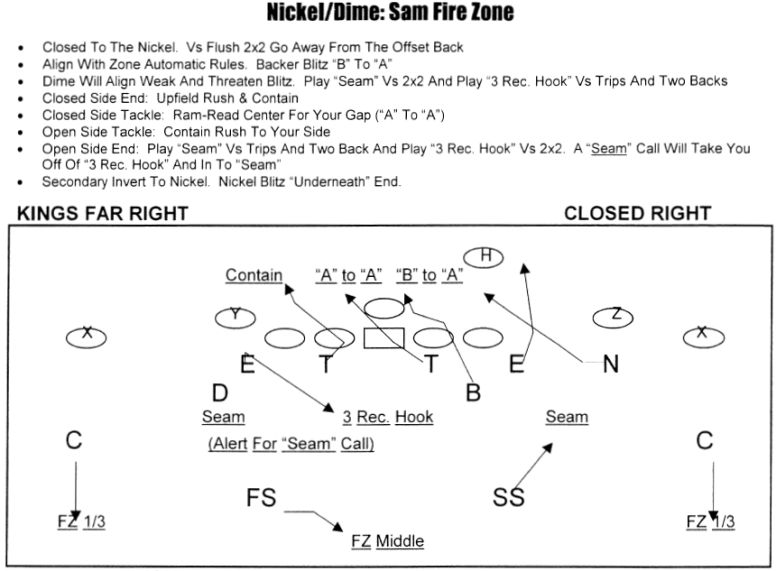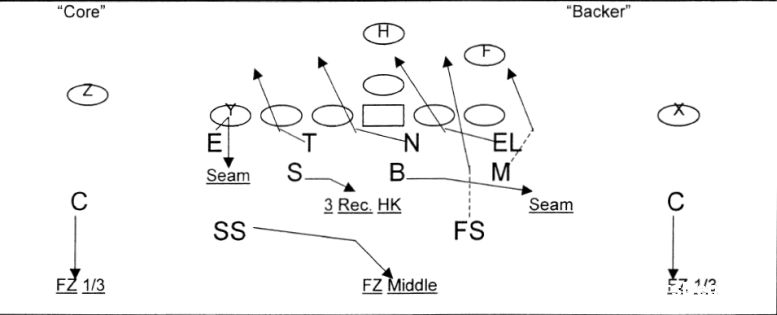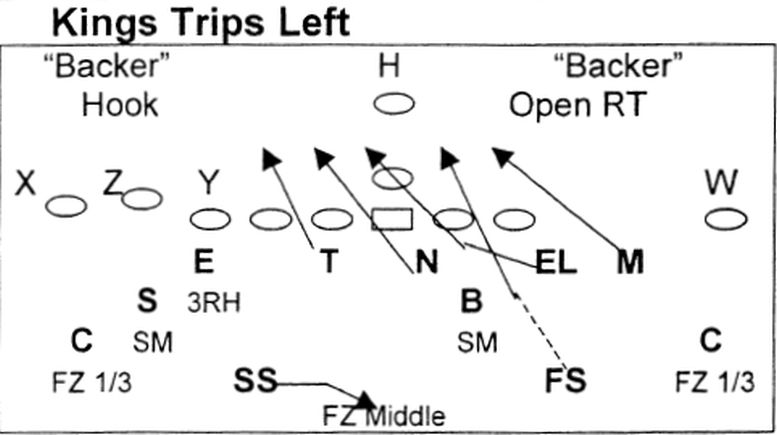Last year, right before the start of the season, we looked at Todd Haley’s playbook. The concepts you’ll see most frequently throughout the season. This year, we’re doing the same for Keith Butler.
Over the course of 2015, we would visit his playcalls when appropriate. But we’re going to put everything together to serve as a guide we can lean on throughout the season. You can call it Keith Butler’s greatest hits. This, obviously, won’t cover everything. But some of his favorite plays and ideas I’ve been able to see during his first season as defensive coordinator.
Front Seven
We’re going to spend most of our time here on the coverages and blitz looks but we’d be remiss if we didn’t talk about the front seven. The Steelers generally use three different types of personnel groupings.
Base – 3 DL, 4 LBs, 4 DBs
Nickel – 2 DL, 4 LBs, 5 DBs
Dime – 2 DL, 3 LBs, 6 DBs
In their base 3-4, the Steelers will generally line their nose tackle up as a one or zero tech – over the outside shoulder of the center or head up on him. Their ends as a 4i – inside shoulder of the tackle – or 5T – outside shoulder of the tackle.
In two-down fronts, the defensive line will generally line up with a one tech, shaded to the center’s weakside shoulder, and a three tech, sitting between the strongside guard and tackle. This is an “over” front.
In some third down blitz packages, Butler will align a defensive linemen directly over center and the other playing the 5T to the weakside. The five tech’s responsibility is backside contain rushes in case the quarterbacks flushes away from pressure. Both outside linebackers will overload to the strong side. They carry out a myriad of assignments, blitzing and dropping to cause chaos.
One wrinkle to keep an eye on is Butler’s hybrid four down front with a “tilted” nose, born out of Bud Carson’s Steelers in the 1970s. The team scrapped the idea basically after Week 2 against the San Francisco 49ers, where they ran it 17 times, but it remains to be seen if they’ll bring it back in 2016 now that Butler is settled in and has time to reflect (the defense was chaos early last year and getting rid of new concepts made the most sense).
This look often came against 12 and 13 personnel sets. The nose tackle, traditionally the one tech in the team’s 3-4, moved to the three tech and was “tilted” between guard and tackle. John Mitchell made a pass at this after drafting Javon Hargrave and that could be an element that would play to his strengths.
Coverages
Cover 3
You probably already know what their base coverage is – Cover 3. It is a spot dropping zone defense that divides the secondary into thirds and the underneath in fourths. Each corner takes an outside third while the deep safety is responsible for the middle zone. It is paired with a four man rush.
Cover 2
Implemented more under Tomlin/Butler last year, this coverage was created by Carson’s Steelers in the 1970s. It splits the safeties into two halves of the field and rolls the corners up to press receivers at the line and then control the flats. The linebackers are divided into thirds underneath, two hook zones and a deep middle occupied by the middle linebacker, who basically turns the secondary into a three deep shell.
Bluff Stack Tear
Simply, this is Butler’s way of playing Cover 2 out of a pressure heavy look. Late safety depth and rotation and the linebackers bailing out of the A gaps helps disguise the pressure.
2 Man
A two deep shell, safeties again responsible for the deep halves, with man coverage all around. Butler most often uses this in 3rd and long/obvious passing situations. The cornerbacks will play “trail” technique, pinning themselves to the inside hip of the receiver to stop breaking routes while the safeties help take away anything vertical.
Rip/Liz Match
A concept we recently wrote about. Rip/Liz is a way of pattern matching against four verticals and it appears to come in 3×1 sets. Instead of the hook defender spot dropping, he’ll carry #2 vertical down the seam.
2 Trap
This is another form of pattern reading. One that led to Ross Cockrell’s interception in Week 4 against the Baltimore Ravens last season. This is a fire zone blitz with the outside cornerback reading 2 to 1. If #2 runs an out breaking route, the corner will pass off #1 to the safety and “trap” #2, jumping the out.
In LeBeau’s playbook, this fire zone was called, “Strong Storm 2 Z.”
Cover 6
This is a split field coverage. To the away side, you’ll usually get the corner playing the near man coverage. To the call side, the corner will play “cloud” coverage, playing the flat and jumping any quick throw. Butler made this call four consecutive times to close out the Week 15 win against the Denver Broncos.
Fire Zone Blitzes
Fire X
A staple of Dick LeBeau. Both outside linebackers drop into zone coverage with each inside linebacker crossing each into the others’ A gap. The Steelers have played this with a traditional Cover 3 behind and a wrinkle by adding a Robber to play the middle and jump on any quick throw by the quarterback.
Triple Inside Fire Zone
Run versus 3×1 sets. The same idea, the inside linebackers crossing, with an additional safety brought up the middle, replacing where the center was. Both outside linebackers drop with the away side linebacker “touching the tackle,” stepping up initially to influence the offensive tackle into his pass set. By the time the tackle gets his eyes inside, the blitz is already home.
Scar Fire Zone
This is LeBeau/Butler’s nickel blitz with the line scooping down one gap and a linebacker rushing the B gap. The strong safety drops over #2 into his hook zone with a Cover Three shell behind it.
Sam Fire Zone
Same idea, a nickel blitz, but the nickel rusher, the blitz side end, and the blitz side linebacker all change assignments. The linebacker squeezes the A gap, the end serves as the contain rush, and the nickel blitzer runs under it.
Frisco Fire Zone
Safety pressure up the B gap. Blitz side end scoops into the A gap with the blitz side linebacker serving as the contain rush tot he blitz side.


